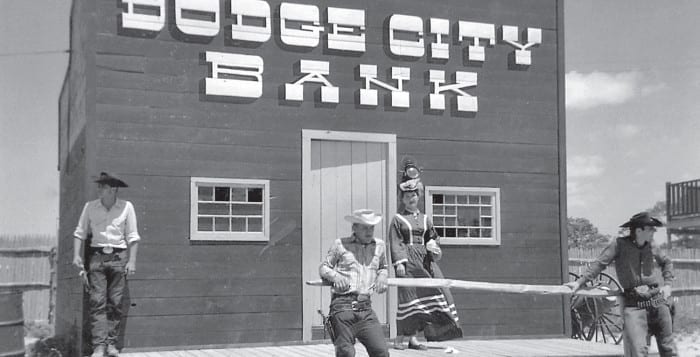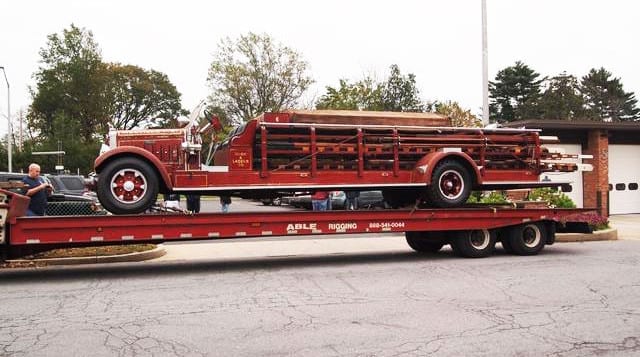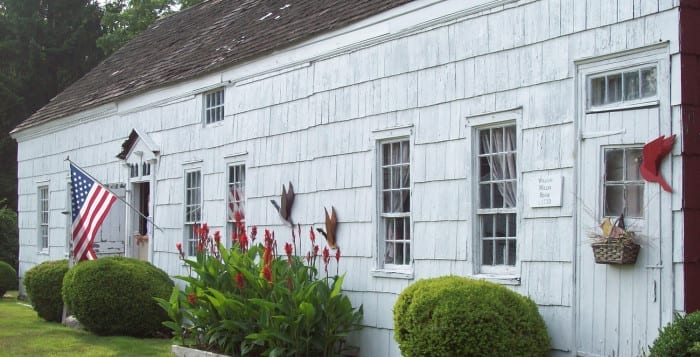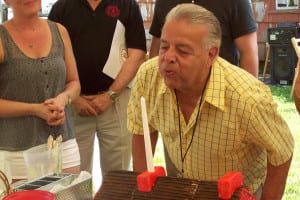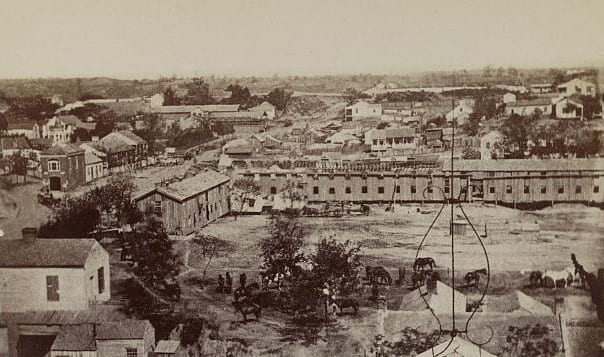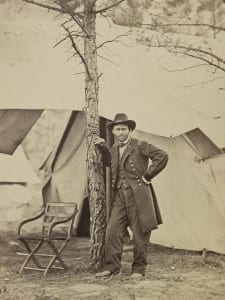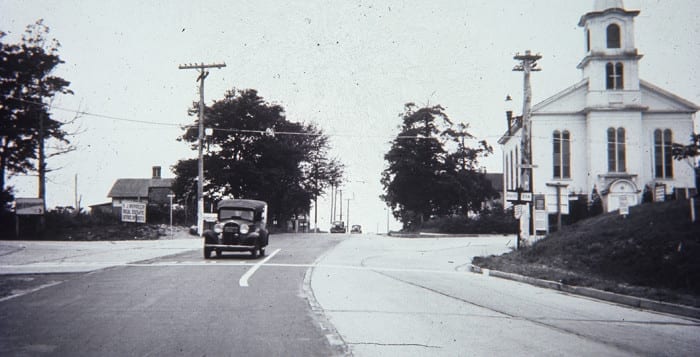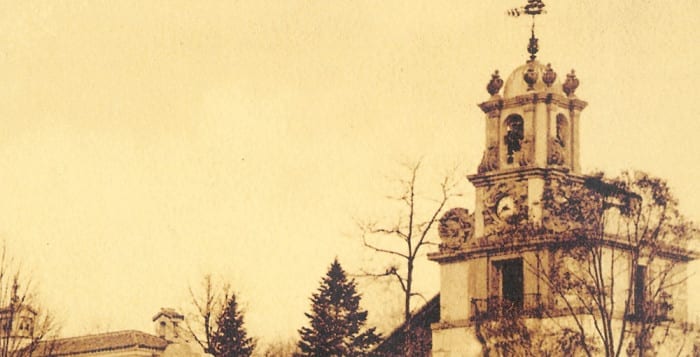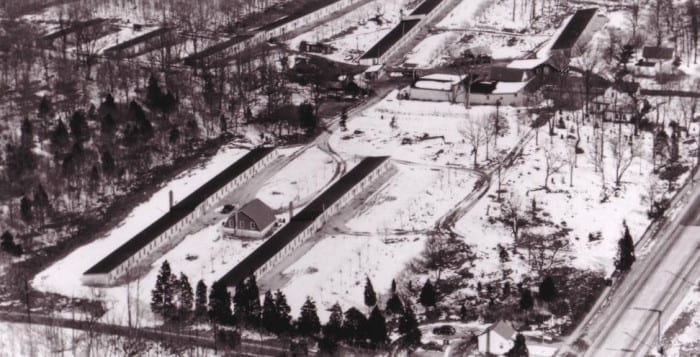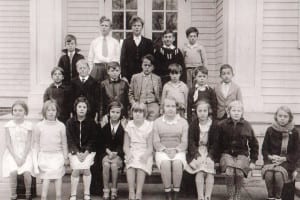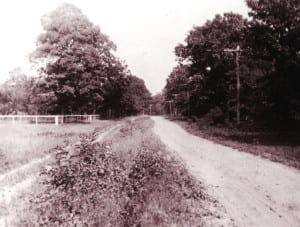Living in Suffolk County, we’ve all heard of Splish Splash, Chuck E. Cheese’s, Dave and Buster’s, Boomers, Adventureland and the Long Island Game Farm. But how many of us have ever heard of Frontier City, Fairytown USA, Dodge City or Turner’s Amusement Park?

Historian Marisa L. Berman’s latest book, “Historic Amusement Parks of Long Island: 118 Miles of Memories” (The History Press) takes us on a nostalgic journey to explore the kiddie parks of Queens, Brooklyn, Nassau and Suffolk that are now just a distant memory. According to Berman, this book is “a celebration of the amusement parks that Long Islanders have loved and unfortunately have lost. … [It] will tell the story of Long Island through the memories of its children.”
Berman’s first book centered on Nunley’s Amusement Park in Baldwin, which she often visited as a child. At book signings, according to her second book’s introduction, many people would mention other parks on Long Island that they had fond memories of and she “quickly realized that there were many more stories that needed to be told.”
The author reached out to sources on Facebook and received many photographs, stories and memorabilia from people who had visited these parks. After much research and numerous interviews, the book finally came together.
All of the 33 amusement parks featured in the book opened in the 1940s and ‘50s, with the exception of Playland Park in Freeport, which opened in 1924 and closed in 1931. Berman attributes this to the many veterans who moved east from the city to Long Island to raise their families after World War II and the need to “entertain the masses.”
Each park is described in vivid detail, from inception to closing, from admission prices to rides, including what is in that location today — almost always a shopping mall or store. The wonderful black-and-white photographs, 80 in all, pull everything together.
Many of the kiddie parks featured a petting zoo, carnival rides and a train, but each had its own special niche. In our neck of the woods, there were western-themed parks like Dodge City in Patchogue, on the corner of Sunrise Highway and Waverly Avenue, and Frontier City in Amityville, on Route 110, complete with a bank, jail, cemetery, general store and sheriff’s office.
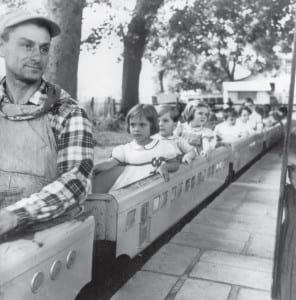
Fairytown USA in Middle Island, which was located across from Artist Lake on Middle Country Road, consisted of a storybook-inspired village and sections with themes like Planet Mars and Mother Goose. Farther west, Lollipop Farm in Syosset had a miniature train that carried children around the four-acre farm. The train miraculously survived, stored in pieces in a barn, and was recently lovingly restored by the Greenlawn-Centerport Historical Association.
The majority of the defunct parks’ artifacts, however, have been lost forever. Mostly family-owned and operated, Berman attributes the parks’ demise to the decline of the baby boom in the mid-1960s.
By the end of the book, Berman will have the reader yearning for a simpler and more innocent time, “a time when there was nothing better than your parents bringing you to your park so you could play and just enjoy being a kid.”
Todd Berkun, founder of the Facebook page “Long Island and NYC Places That Are No More,” sums it up perfectly in the foreword: “Whether you spent time in these parks growing up or live on the Island now and have wondered about their glorious past, this book is for you. As a testament to an era of great fun and enjoyment on the Island, this work describes a vibrant and important part of Long Island’s history.”
“Historic Amusement Parks of Long Island: 118 Miles of Memories,” $21.99, is available at local retailers and online bookstores. It is also available through Arcadia Publishing and The History Press by calling 888-313-2665 or by visiting www.arcadiapublishing.com.

